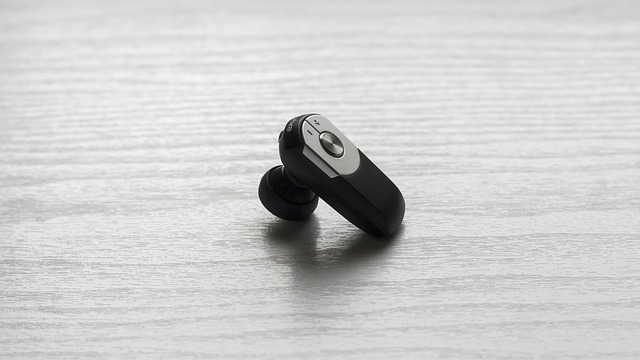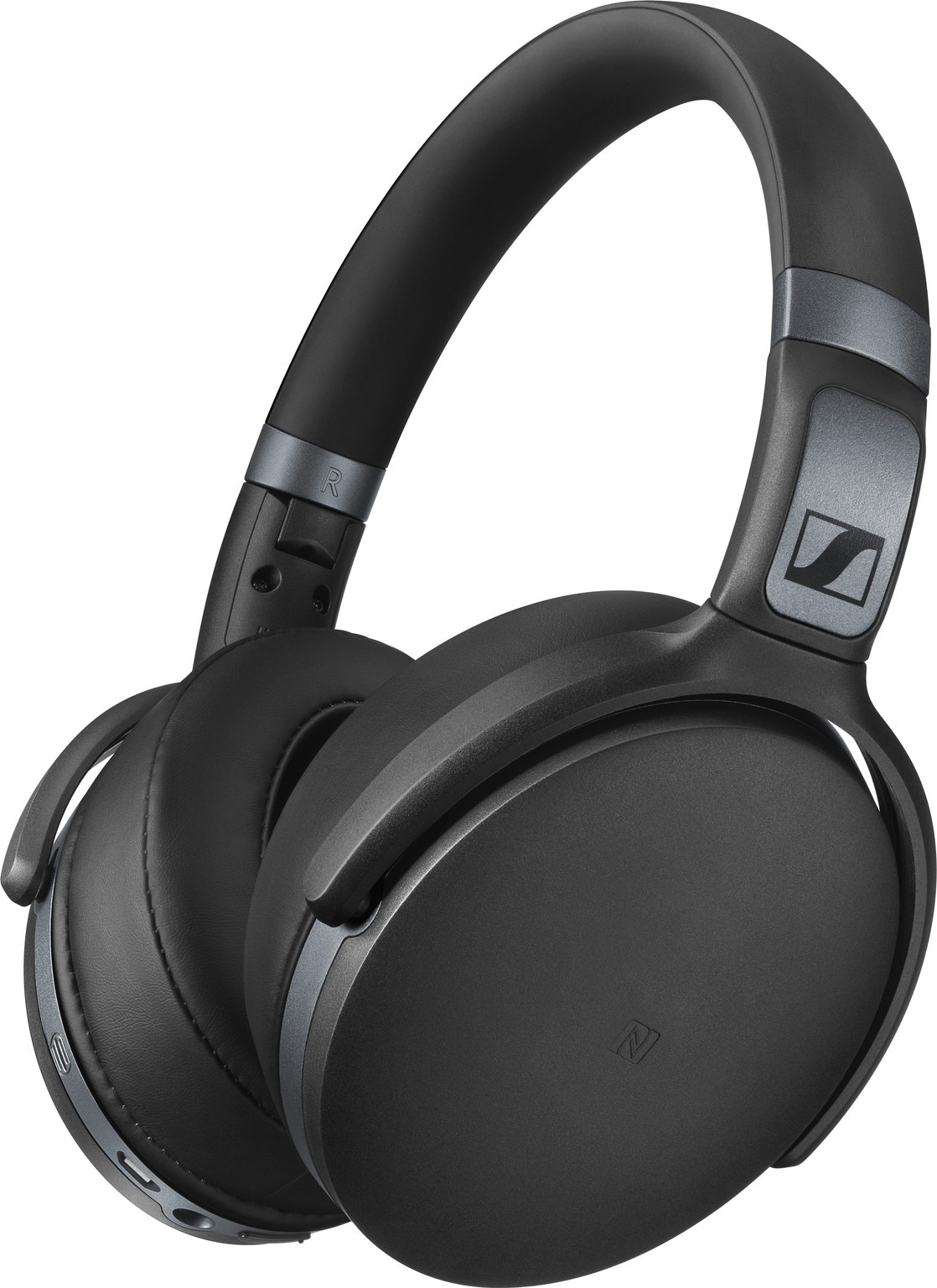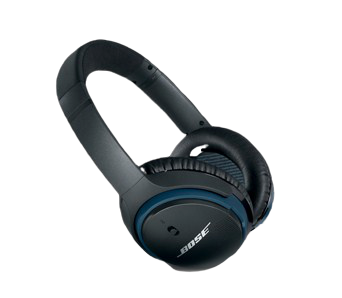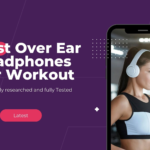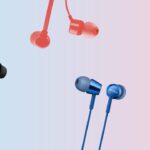What Are True Wireless Headphones
For those who do not want to be burdened with headphones, the headphones “really wireless”, or “true wireless”, now represent the best quality / footprint.
For many, the future is wireless audio side. If the first headphones and earphones of the genre degraded the sound a lot and regularly suffered interference, advances in the Bluetooth protocol can now reach levels of quality and reliability quite satisfactory. The LDAC or AptX HD codecs even make it possible to obtain a Hi-Res audio stream now. After losing their cable jack, source of clutter but also more or less premature death devices (it is often him who makes the first soul), the headphones finally lose their last wire, the one that connects the two earpieces.
Indeed, many brands offer so-called “true wireless” (or “really wireless” ) headphones nowadays. The latter have the advantage of offering a very good quality / bulk ratio and greater freedom of movement, they are therefore an alternative to good old headphones and earphones traditional. In addition, they are always equipped with a storage and charging case that allows, if we do well, to never be out of battery. Nevertheless, there are some details to know about this type of devices, and the different models on the market are far from all stands out.
Bluetooth or NFMI in True Wireless Headphones
Crucial point to consider with this type of products: the quality of the wireless connection. With the headphones “true wireless” , there is always (for the moment in any case) a so-called “master” earpiece (master) and a so-called “slave” earpiece (slave). The “master” headset , often the right one, picks up the Bluetooth audio signal from the source, then sends it to the “slave” headset . This is where it gets complicated, some models use the Bluetooth for signal transmission between the two headsets again, while others, more expensive, opt for NFMI ( “Near Field Magnetic Induction” or “Magnetic Induction of near field” ).
Specifically, Bluetooth offers the most freedom of movement, you can even listen to music with a friend by lending one of two earphones. The other side of the coin is that the connection is not the most stable, because the signal sometimes has a hard time crossing the aqueous medium of the human brain. They can also have a latency more or less important. This is why other manufacturers use NFMI.
This technology makes it possible to transfer the signal without passing it through the brain. This results in a much more stable connection. However, this system requires both headsets to be aligned to work, so you will not be able to share your music with a friend. It also appears from our tests that the latency level is lower with this technology.Bluetooth 5.0 . But for now, products that are equipped do not really benefit.
Finally, note also that because of their format (more distant microphone of the mouth), these headphones are less efficient in hands free kit and controls may be less convenient than with conventional headphones. That being said, there are now some very good “true wireless” models.
Top 3 True Wireless Headphones in 2020
We selected 3 best true wireless headphones so you can review it one by one below.
1: Jabra Elite Active 65t Review
It’s been almost 7 months since the Jabra Elite 65t trusts the top of our ranking of the best headphones “true-wireless” (totally wireless). Excellent quality and versatile enough, these are not designed for sports use, which requires at least a sweat protection and optional some functions to control its activity.
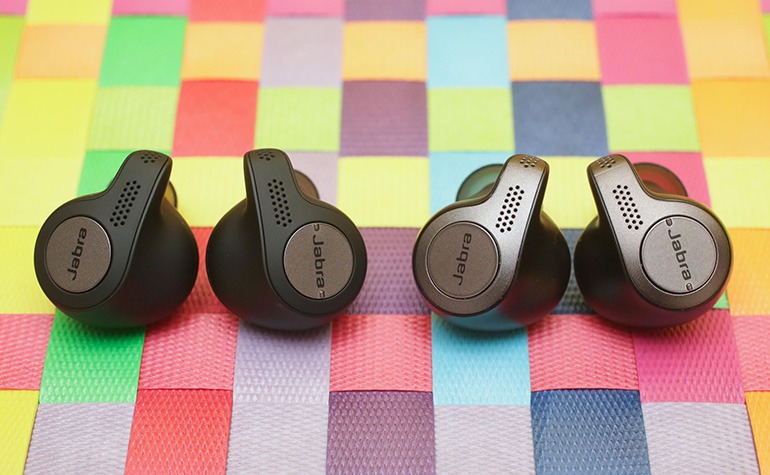
Completed Design
The design of these headphones is the main change in this declination. First novelty: the shiny plastic finish gives way to a matte coating to improve hold in the ears. In use, we have not really noticed a difference: the headphones are still comfortable and do not necessarily fit better in the ears, but at the same time holding the Elite 65t was already excellent. Whether it’s one or the other version, nothing to worry about: you can run or jump rope without the risk of falling.
The Elite Active 65t are not waterproof per se. IP56 certified, they are protected against dust and splash water. So you will not be able to take them to the pool to take a dip, but they will be able to resist jogging in the rain or use in the shower. We have tested them several times on this point and after more than a month of use, nothing has changed, the headphones are still working perfectly.
Last change, the brand has slightly reworked the case of the headphones. It is true that it sometimes had a tendency to open in the pocket, closing now seems more effective, even after more than one less use. However, we must see what it gives in the long run. By cons, and it’s a shame, the case is still messy.
Limited activity monitoring
If the changes to the design of the Jabra Elite Active 65t are significant, we find the sporting functions of the device too limited. In fact, the Elite Active 65t are distinguished from the standard version by their accelerometer, which mainly allows you to count the number of steps taken during your workout and to calculate some other statistics. Data that you will find in the application Jabra Sound +.
Except that this function could very well have been assumed by the smartphone, also provided with an accelerometer. We do not understand very well the interest of the device. We can imagine that all the challenge for the brand was to add the IP56 certification and sports functions without making their headphones bigger, but in the end we end up with the bare minimum in terms of sports functions.
Note that Jabra always sells its Elite Sport, headphones “true wireless” better equipped sensors and sports functions. They include a heart rate monitor to measure his heart rate, something that, for once, a smartphone is unable to do properly. Nevertheless, as you can read in our test of this model, the Elite Sport are much bigger and much less comfortable than the 65t, Active version or not, and their sound is not so good. It’s up to you to see your priorities.
Conclusion
Even if the Elite Active 65t are not as well equipped with sensors as other models, and thus offer little statistics to the sportsmen, these headphones gain a new improved design and resistant to sweat. The rest of their features have not changed compared to the standard version : the sound, the wireless connection or the controls are always excellent, and that’s why we now consider the Elite Active 65t as the best headphones «true wireless ” the market, before their elders.
2: Sennheiser Momentum True Wireless Review
At present, there are only a few 100% wireless headphones that are worth buying and Sennheiser’s Momentum True Wireless is one of them.
But they sound better than these models, with better bass and a sharper and better detailed sound. They also offer very good performances for phone calls and are comfortable to wear although they are larger and prominent than Jabra.
Headphones have no physical buttons and are equipped with a touch control system that works pretty well once you understand how to use it. It’s a good idea to read the tutorial on the Sennheiser Smart Control app for Android and iOS, which shows you the various gestures to manage playback, volume, calls and access the voice assistant on your smartphone. You can also adjust the equalizer and a transparency mode that lets in the ambient sound and amplifies it slightly. There is also an automatic pause function that interrupts the music when you remove one of the earphones.
The autonomy is 4 hours. It’s a little less than the competing models of Apple and Jabra that are given for 5 hours. Like them, Momentum True Wireless comes with a charging box that provides two additional recharges. Another plus point, the case works in USB-C and the headphones are Bluetooth 5.0 compatible.
Seamless Connection
We spent two weeks testing the Sennheiser headphones, especially in the streets of New York that are known for the multitude of wireless signals that can disrupt the devices. But we suffered only minimal link losses. The wireless connection is strong, as good as AirPods and Jabra.
In the end, what distinguishes these headphones from the competition is their sound quality. Like all in-ear sound-isolating earphones, it is essential to have a waterproof fit to maximize bass performance. Although not designed for sports use, we used them in the gym for light workouts. Some might run with them without falling off their ears. Still, we can not say how they will resist sweat over time.
Listening
The tonal balance of the default sound profile is pretty good and you can tell immediately that they have a more open and detailed sound, with more accurate and fleshier bass than the Jabra and AirPods. They also sound better than the Bose SoundSport Free, which deliver good bass, but less well defined than those of the Sennheiser.
This is the kind of sound that is expected of a high-end headphones. And these are the first totally wireless headphones that we have tested that do not give the impression of sacrificing a bit of audio quality in exchange for this total freedom.
The Jabra also have a good sound, but they are not at this level. Aside from the audio quality, these are on par with the Sennheiser for everything else. They are in addition resistant to perspiration and their autonomy is slightly higher. But if you’re looking for wireless headphones that sound like high-end headphones, Momentum True Wireless is the best thing at the moment. We look forward to the replica of Jabra, Sony and maybe Apple next year.
3.Bang & Olufsen BeoPlay E8 (b&o e8) Review
Dubbed BeoPlay E8, these water-proof and dust-proof earbuds feature 5.7mm “dynamic” speakers , electromagnetic transducers and a Bluetooth 4.2 chip. B & O announces up to four hours of listening with a full charge, but the case adds two additional charges (since like all “True Wireless” headphones , the E8 automatically charge when they are in their case). An average autonomy, but far from the 24 hours announced by Divacore for its AntiPods headphones or by JBL for its Free.
Design and Comfort
As usual, B & O paid particular attention to the finishing of its headphones and the carrying case, made of genuine leather. We find the visual identity of the brand, including the golden or silver ring that surrounds the logo of the company. The E8 look solid and are relatively comfortable despite their size very impressive (we end up feeling after a while). However, installing them correctly requires a little help and to obtain a satisfactory soundproofing, it will be necessary to drive them deep enough in the ears which will perhaps hinder the most sensitive people.
The E8 fit properly in the ears, at least in any case, but it is clear that after a while, they start to come out and it will then reposition them to avoid dropping them (being careful not to do not touch the touch surface at the risk of cutting the music inadvertently). On this point, we are far from holding the Jaybird Run or Jabra Elite Sport , two pairs of wireless headphones for athletes who enjoy very effective support fins.
Controls and Features
For its E8, B & O has relied on touch controls. By tapping the right earphone once, you can pause the music (or play). On the left earpiece, this command mutes the music and amplifies the external sounds. By pressing twice on the right atrium, you can also skip to the next song. Perform the same maneuver on the left earphone to return to the previous song. In practice, it is repeated several times to make these orders properly, at least at least because once you take the hand, it becomes much easier. You can also move up or down the volume while remaining pressed on the touch surface of the right or left earpiece, controls rather effective overall.
Note that these headphones do not turn on automatically which is a bit of a shame. However, it is sufficient to briefly touch the touch surface of the right earpiece after removing the pair of housing. Also note that your smartphone will immediately detect E8 but you will not be able to connect them before you have kept your fingers pressed on the touch surfaces of both earphones at the same time for a few seconds, which allows them to enter pairing mode. By the way, small downside: we still had to go back several times to connect to the E8, but once we got there, no more worries.
A mobile application is available to accompany the headphones. Not essential, it allows you to adjust the tone of the sound, choose a sound profile, check the autonomy and perform software updates. It is also possible to choose between three levels of filtration surrounding noise. We can thus cut off the maximum of its environment (be careful, it is passive noise reduction) or set the headphones to, instead, hear what is happening around us.
Wireless Connection
It’s no secret, it’s hard to maintain a stable wireless connection with this kind of headphones. To make it simple, the source sends the audio signal in Bluetooth to the right earphone (master), which then transmits it to the left earphone (slave) while crossing the user’s skull. The passage of the Bluetooth signal by the brain tends to disrupt it according to the different manufacturers we interviewed, which is why the Danish brand opted for a transmission by NFMI (Near Field Magnetic Induction) between the right earphone and the left earphone. In this way, the signal bypasses the user’s head instead of crossing it.
After trying several models using this technique, like the latest version of the Earin (M-2) or Jabra Elite Sport, we can confirm that it offers a much better stability than conventional Bluetooth connections and a latency level lower according to our impressions (the scope is also satisfactory). The sound is almost never cut, the connection is really reliable. However, there is still a counterpart: this system requires that the two headphones remain aligned next to each other, move them a few inches and the left earpiece will lose the connection. You’ll understand, you can not lend a headset to a friend to share your music or watch a video together.
Audio Quality
In terms of audio quality, we were really charmed, it is clearly in the presence of high-level headphones, with an extremely precise and very clear even when there are many instruments. By the way, let’s say it right away: despite some minor faults that we’ll talk about right after, the E8s offer the best audio quality of all the “True wireless” that we have tested for the moment.
The audio signature of these E8 is “V” , that is to say that the mediums are more discreet than other frequencies. A typical sound of Bang & Olufsen helmets that is very pleasant, especially for Rock fans. The highs are very bright, even crystalline, which contributes to the impression of great clarity that we told you a little higher. Nevertheless, it happens sometimes (quite rarely that said) on songs pushing the treble too far (like an artificial harmonic a little too high on the electric guitar) that the sound is a little strident. Remember, then, that you still have the option to use a custom equalizer.
As for the bass, they are relatively powerful and very accurate, as long as we can position the earphones well enough. Otherwise, or if you put tips too small, you will immediately lose the low frequencies. Also, know that anyway, you will not have as much bass as some models like the Jaybird Run, among the best in the field according to us. We are here on a bass level similar to that of AntiPods. For the rest, nothing to say, no latency is noticeable and no distortion is audible even with the sound thoroughly, the spatialization is very good and passive isolation suitable.
Conclusion:
The biggest defect of BeoPlay E8 is probably their price, among the highest on the market. Because the headphones themselves are really good. The sound is excellent, the touch controls are complete and rather effective. The Bluetooth connection is also the most stable we’ve seen so far (with the Jabra Elite Sport ). This is without a doubt the best “True Wireless” headphones that we have tested for the moment.
However, some competing models, including the Divacore AntiPods , will be cheaper and more comfortable, but for a less fine sound quality. In addition, the autonomy of E8 is limited to 4 hours per charge when AntiPods or JBL Free offer double. But if you have the necessary budget, you can buy the E8 with your eyes closed.

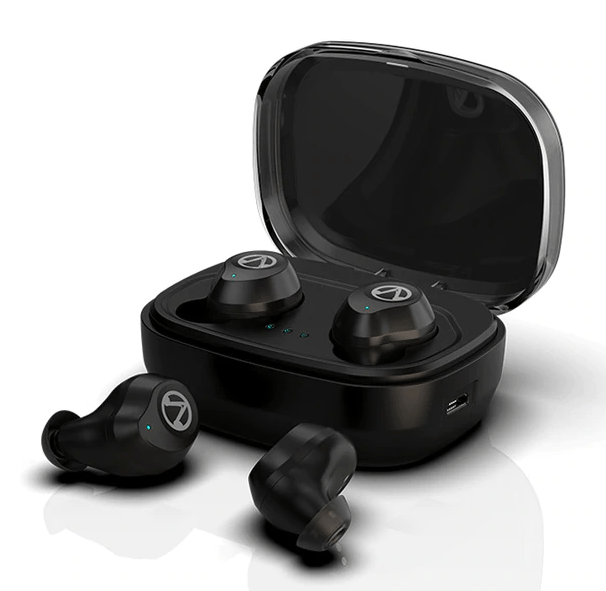
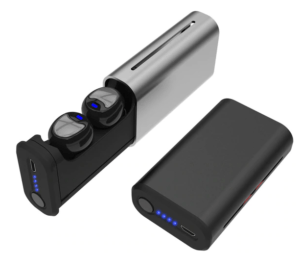


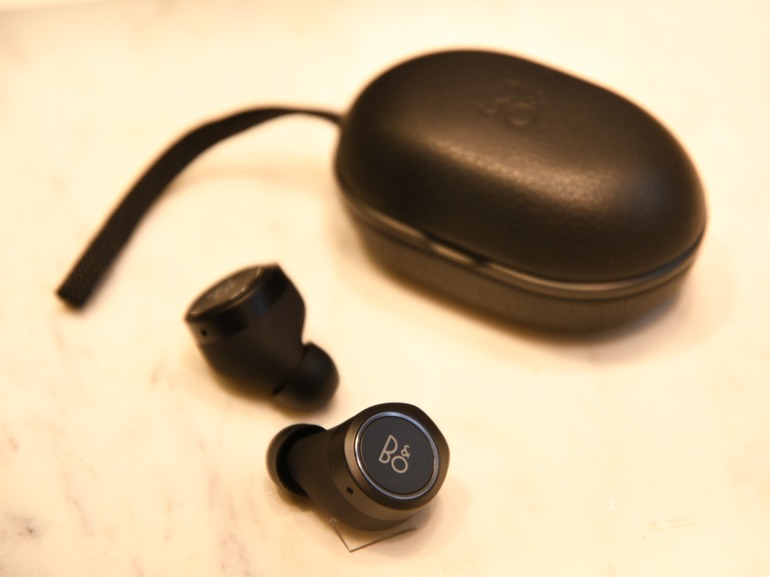
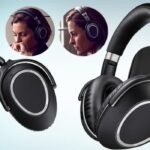
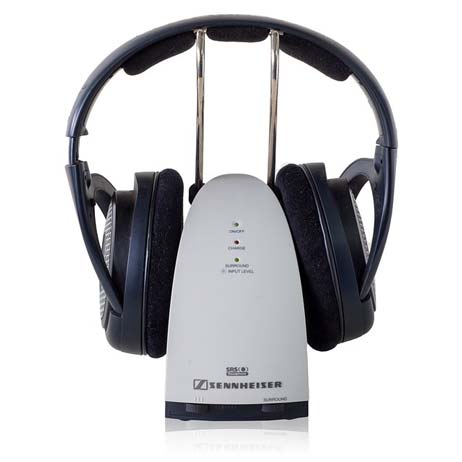
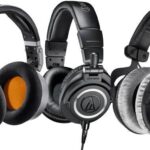
![10 Best Bluetooth Earbuds for Sports [Running & Gym] 2021 best sports earbuds](https://organiccitysounds.com/wp-content/uploads/2020/04/best-sports-earbuds-150x150.jpg)


